Written by Tigran -Lucian Mandalian
Hoi An City is located in central Vietnam in Quang Nam province and is an UNESCO World Heritage Site. Historically, Hoi An was a famous port town in the 16th and 17th centuries and had trade relations with Japan, China, with Southeast Asian countries (Cambodia, Thailand, Malaysia), with South Asian and European countries (Portugal, Holland, France, England). This city was also a center of cultural interaction – reflected in the unique outlook and cultural mosaic.
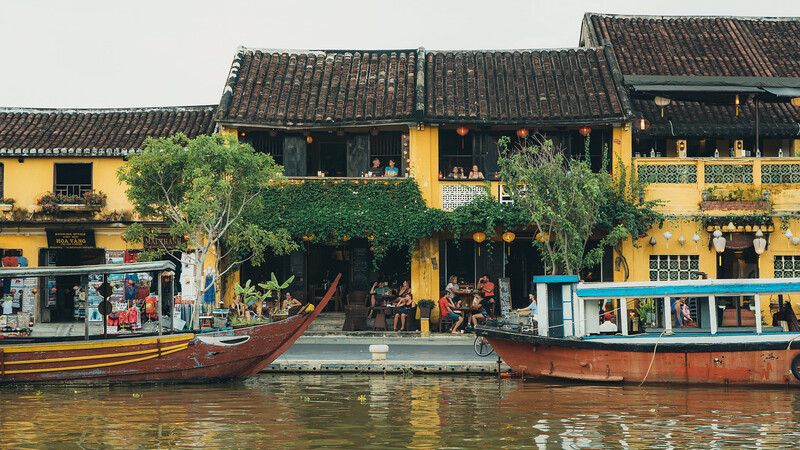
This year, Hoi An (“Peaceful meeting place”) was ranked 13th in the Asian’s Top 15 cities list of the Travel & Leisure magazine.
Chua Cau, also known as the Japanese Covered Bridge (or Lai Vien Kieu – “Bridge of Friends from Afar”), consists of a bridge over a small canal and a pagoda at one end. It was built in the early 17th century by Japanese businessmen whose trading operations were encouraged by the Nguyen Dynasty (even a Vietnamese princess had married a Japanese merchant who became a noble in Cochinchina).
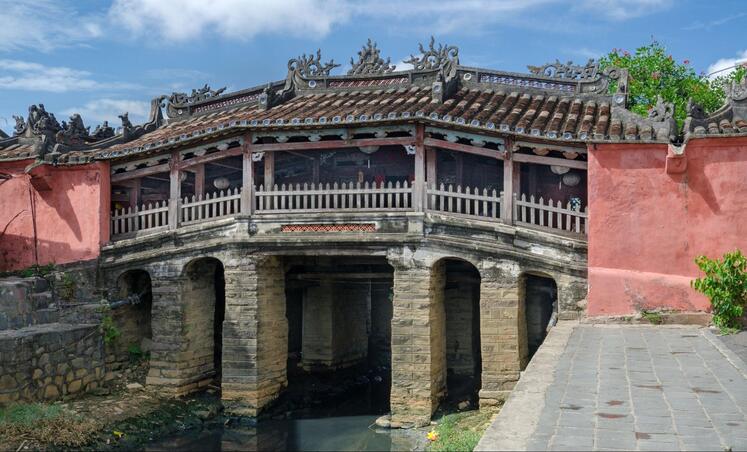
This bridge remains one of the most famous sites in Hoi An and serves as a reminder of the Japanese community that once thrived there. The bridge also had a mystic role – to keep down Namazu monster. Namazu was a giant catfish with its head lied under India, body under Vietnam (Hoi An), its tail under Japan. The legend says that, when moving, this monster caused earthquakes and floods. Thus, the bridge was placed on the back of Namazu monster to stop it from moving.
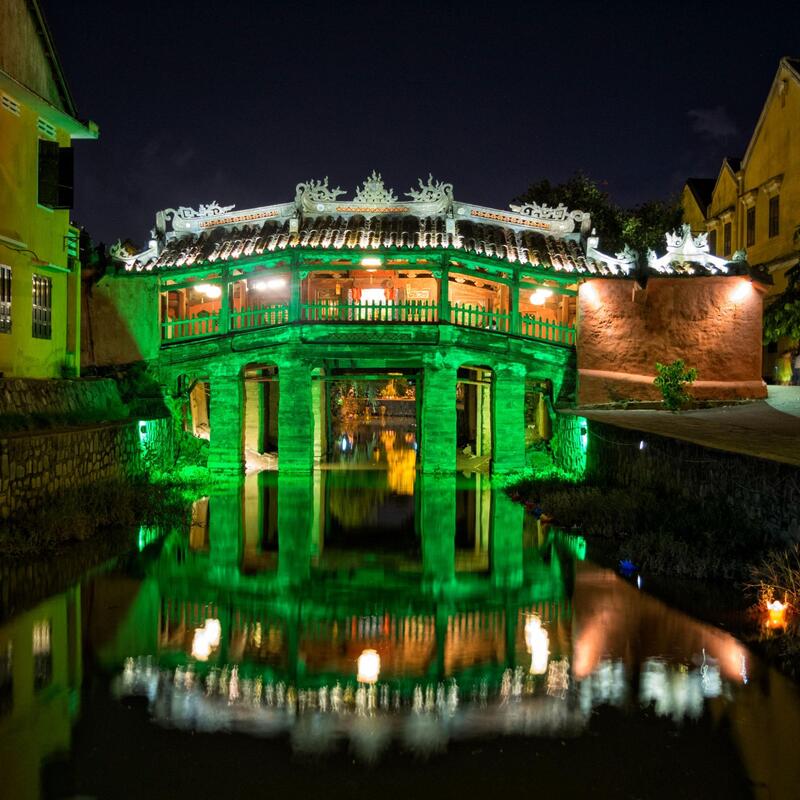
The Japanese Bridge provides great views of the Thu Bon River.
The Pagoda was built in 1653 to worship Xuanwu (a powerful God able to subdue monsters, exorcize evil and calamity). On the entrance stand two wooden statues as guardians (a dog and a monkey) to calm the Namazu monster. Also, the construction started in the year of Monkey and finished in the year of Dog.
The Portuguese, Dutch and Japanese traded regularly at Hoi An from the 1540s onwards. There were so many traders from Japan that a Jesus missionary became confused and thought it was “a city of the Japanese”.
In the past, this beautiful city had some difficult times because of the Tay Son rebellion, which broke out in the early 1770s. Much of Hoi An was damaged during the course of the outbreak. Charles Chapman, a British sent to Vietnam in 1778 to investigate the Tay Son rebellion and if the resulting war could be used for political and commercial gains, described the situation: “Of the few edifices left standing was a wooden bridge built upon piles over a narrow arm of the river with a tiled roof. The temples and their wooden gods were no further molested than in being robbed of their bells which I understand the present usurper had seized for the purposes of coining them into money.”
The surviving bridge was Hoi An’s famous Japanese Bridge. Chapman’s account indicates a lack of funds, as temple bells were melted into coins.

Fortunately, the situation is much better now, adding that, this year, The Ministry of Culture, Sports and Tourism has agreed with restoration plans for Chua Cau, by reinforcing the foundations and pier and renovation the floor, wooden frames, roof, electrical and lighting system. The digitisation of the relic with 3D technology has also been approved.
The best time to visit Hoi An is from February to July, with low rainfall and pleasant weather. From May to July it can be extremely hot, but the cool breeze from the ocean has a refreshing effect.
Bibliography:
Cotterell, A. (2014). A history of South East Asia. Marshall Cavendish International Asia Pte Ltd.
Hai, P. T. (2019). Research on the determinants that form Hoi An world heritage tourism destination, Vietnam.
Karetzky, P. E. (2015). The Transformations of Xuanwu/Zhenwu. Journal of Daoist Studies, 8(8), 69-95.
Redfern III, W. A. (2002). Hoi An in the seventeenth and eighteenth centuries: an international entrepot (Doctoral dissertation).
https://www.southeastasianarchaeology.com
https://www.vietnamonline.com

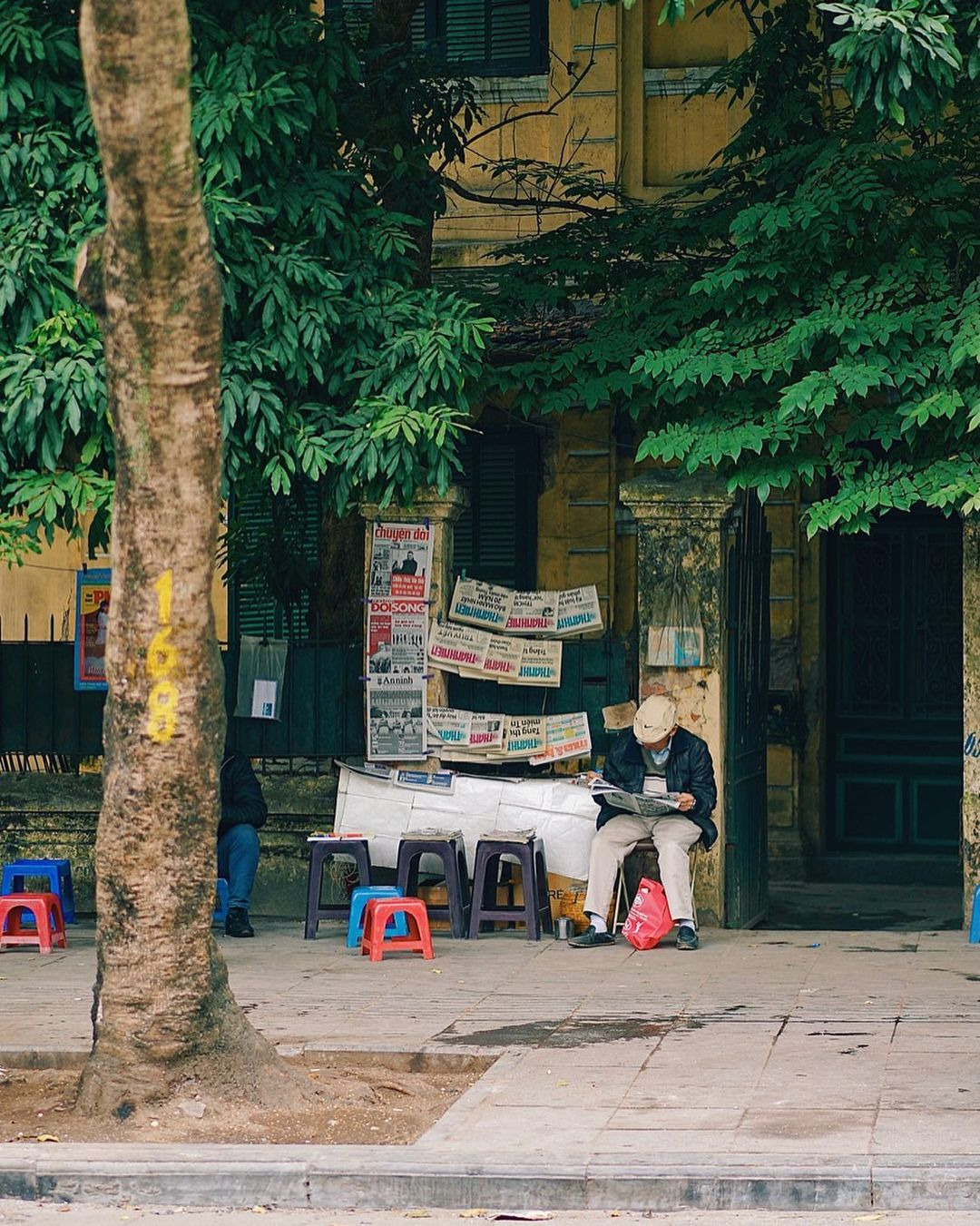
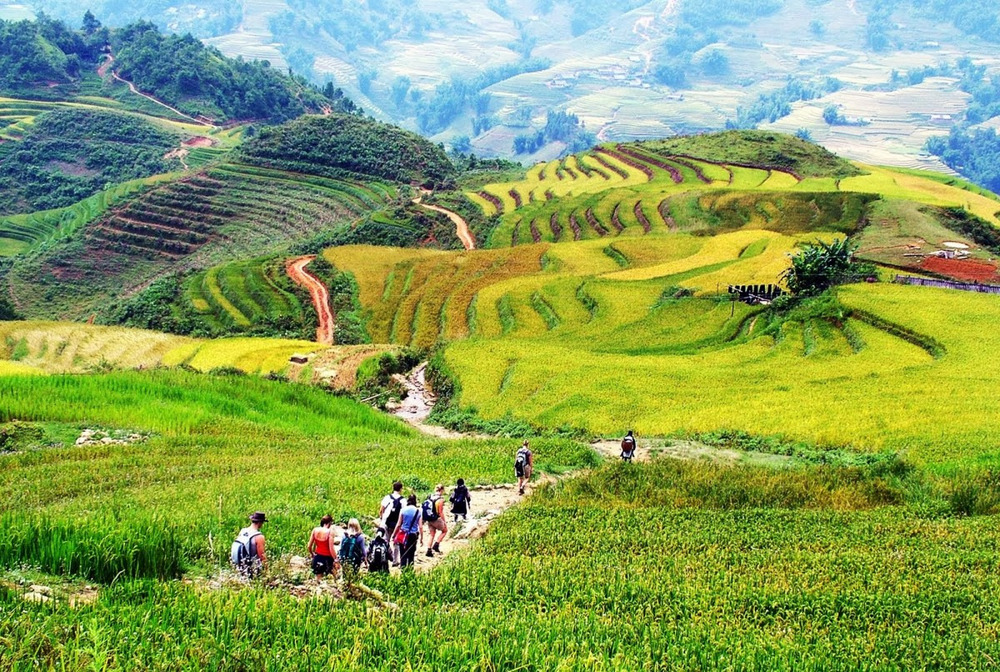


The Vu Lan festival is just around the corner providing us the chance to gather with family, express love and gratitude to parents as well as ancestors. Held in the…
Written by Tigran-Lucian Mandalian Insight of this post: The preparation time before celebrating Tet Festival. How to celebrate Tet Festival. Tet (Tet Nguyen Dan – Festival of the First…
Written by Tigran-Lucian Mandalian Inside of this post A short brief history What materials are used to make the puppets A water puppet show Where to watch If you are…